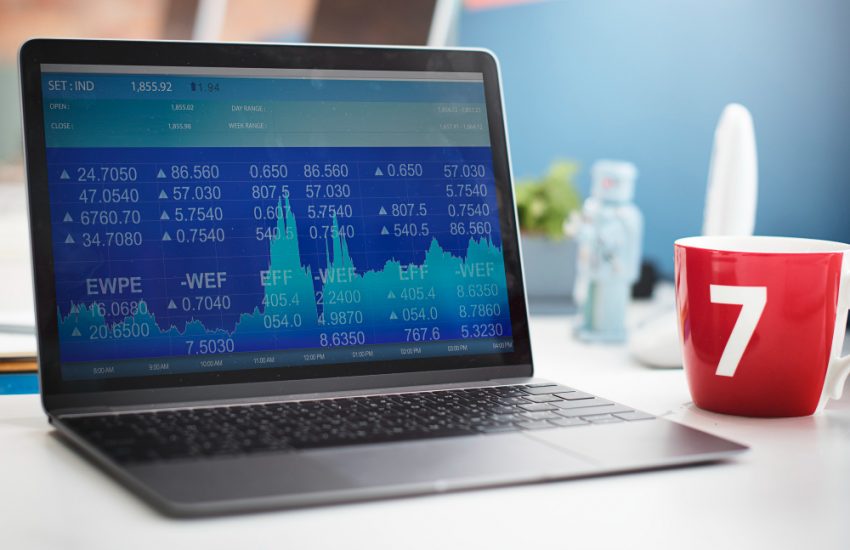6 crucial CFD trading techniques
A successful CFD trader employs effective techniques. Here are six crucial strategies to help you improve your chances of making a profit in the markets.
Always use a stop-loss order to protect your investment.
A stop-loss order is an instruction to sell a security when it reaches a specific price and is designed to help traders limit their losses. For example, you buy a CFD at $50 and put a stop-loss order at $45. If the price of the CFD falls to $45, it will execute your stop-loss order, and you will sell the CFD.
While stop-loss orders can help you limit your losses, it’s important to remember that they are not guaranteed. If the market is very volatile, you may execute your stop-loss order at a price far below the price you set.
Use technical analysis to find trading opportunities.
Technical analysis studies past price data to identify patterns and trends that can give traders an edge in the markets. For example, if you see that the price of a CFD has been climbing for the past few days and is now approaching a resistance level, you might buy the CFD in the hopes that it will continue to rise.
If you’re new to technical analysis, many resources are available to help you learn. You can find books, online courses, and software programs that can teach you the basics of technical analysis.
Employ risk management techniques
Risk management is all about controlling your risk exposure. For example, if you’re trading with a small account, you might want to limit your exposure by only taking trades with a small amount of risk.
Traders can use many risk management techniques; the best technique will vary depending on your goals and trading style.
Use position sizing to manage your risk
Position sizing is a risk management technique that allows you to control the risk you take in each trade. For example, let’s say you have a $10,000 account and are willing to risk 2% per trade. It means you can take a position worth up to $200.
If the price of the CFD moves against you and your stop-loss is hit, you’ll lose $200 (2% of your account). But if the price of the CFD moves in your favour and hits your target price, you’ll make $200 (2% of your account).
Taking care of position sizing is crucial for managing risk exposure and ensuring that your losses don’t exceed your account size.
Diversify your portfolio to mitigate risk
Diversification is a risk management technique that spreads your investment across different asset classes. For example, instead of investing all of your money in CFDs, you could also invest in stocks, bonds, and other assets.
By diversifying your portfolio, you can mitigate the risks associated with any particular investment. If one investment loses value, the others may offset those losses.
Have a trading plan and stick to it
A trading plan is a set of rules traders use to manage their trades. A good trading plan should include everything from how much money you’re willing to risk on each trade to your target prices.
Creating and following a trading plan can help you stay disciplined and prevent impulsive decisions. It can also help you manage your risk and ensure that your losses don’t exceed your account size.
Conclusion
CFD trading can be a great way to make money in the markets. However, it’s important to remember that CFDs are complex instruments with a high risk of losing money rapidly due to leverage.
Before you start trading CFDs, you must understand the risks and have a solid plan for managing your risk exposure. By following the tips outlined above, you can give yourself a better chance of success in the markets.



